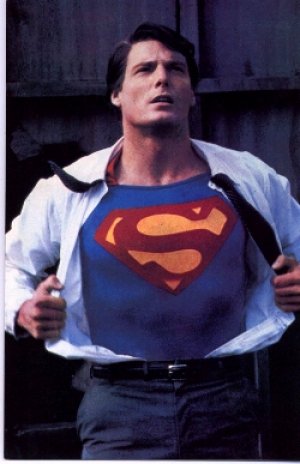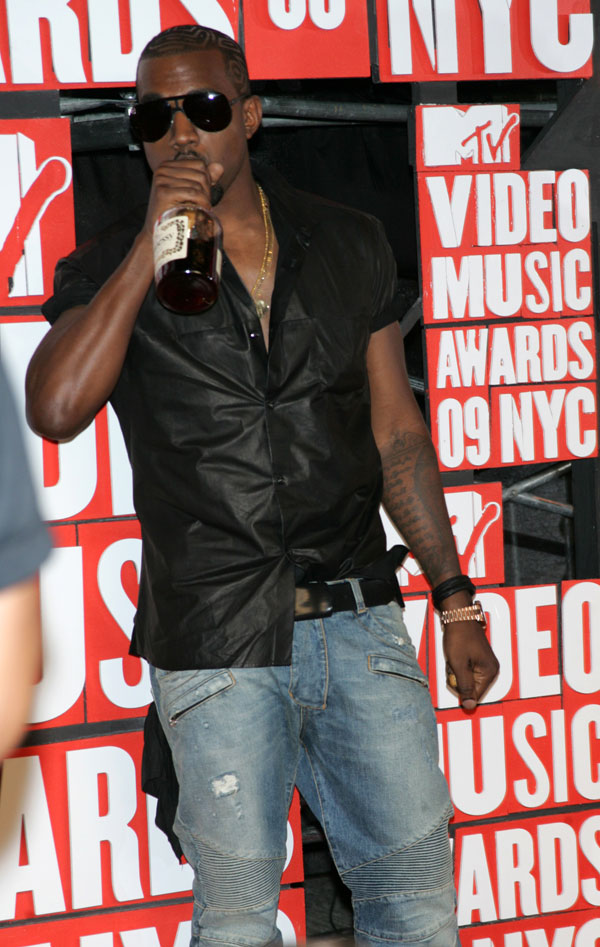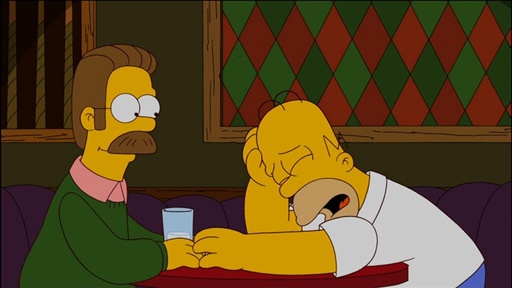This week’s discussion on the
link between violence in sports, and the many ways it manifests itself, hit
particularly close to home (which is why this post is excessively long!). As a
former member of U of T’s Varsity Blues rugby team and various rep hockey
teams, contact sports have played a formative role in shaping the person I am
today. Aside from the health benefits, the sense of fraternity that arises
through participation in team sports has resulted in many of my teammates becoming
close friends, while also giving me an opportunity to hone important social
skills. Furthermore, these activities demonstrated the importance of teamwork,
loyalty and dedication. However, in light of this week’s discussion and both Tracy
Trothen’s article “Holy
Acceptable Violence? Violence in Hockey and Christian Atonement Theories” and This American Life’s podcast on the
child abuse scandal that erupted at Penn State, I have been forced to
critically assess the benefit of these virtues in relation to the risk posed to
both players and society.
 |
| Team motto for the world famous All Blacks rugby team |
Looking back at my own actions, it becomes clear to me that
many of these highly valued traits were fostered, in part, by the exaggerated
siege mentality that frequently arises in highly physical sports. After reading
Trothen’s article, it was evident that the foundation for the strong
relationships between my teammates and myself was likely attributed to a
dualistic, us versus them mentality, whereby working together was a means to
achieve the desired end, winning (Trothen, 2009). Trothen attributes the
normativity of this dualistic mentality to the popular Christus Victor theory of atonement that portrays Jesus as a
“fighter” who overcomes his evil enemies (Trothen, 2009). Never having given
much thought to the reasons for the inherent physical violence while playing hockey
or rugby, the link draw to this well know theological theory provided some
insight into how I was able to justify violence against those who I perceive
were against me. However, thinking back to the moments when I tackled or
checked somebody aggressively, these actions seemed much more primal than this
theory would have you believe. Furthermore, the manifestation of this violence is not only evident on
the field, but also on the sidelines and in the stands, with coaches, teammates
and fans frequently participating in violent banter that encourages harming
members of the opposing team. This scene has likely been repeated since the
beginning of humanity, whether during a fight between gladiators at the
coliseum or during a hunt in the plains of Africa. Thus, the parallel drawn
with the Christus Victor theory may,
perhaps, be better understood as the result of early Christians projecting a
typically human trait on to Christ, in order to humanize Jesus in their effort
to make sense of the crucifixion. However, whether or not human behaviour
informed this theory or the theory shapes our actions (or both – which may
actually be the best explanation), it effectively highlights how we are able to
justify acts of violence in specific contexts, such as sports, in a society
were physical abuse is generally frowned upon (Trothen, 2009). Thus, if sports
provide a venue where physical violence is acceptable, does this mentality have
to change in order for it to serve as a more effective teaching tool? Perhaps.
However, if this acceptance is a product of widely accepted social perceptions,
such as the Christus Victor theory, does
the presence of physical violence negate its potential benefits? Probably not.
Montage of "Best Hits" from the 2008 Rugby World Cup in Australia
Despite the moral ambiguity surrounding the physical
violence in contact sports, which fuels my own conflicting feelings, a form of
violence that I believe is not subject to this ambiguity is sexual abuse.
Although not being subject to it myself or knowing anybody who has, stories of
incidents always made their rounds in the locker room. Furthermore, the power
imbalance, discussed by Trothen, that ultimately facilitates this behaviour was
exceedingly obvious (Trothen, 2009). How one is perceived by superior teammates
and coaches is of central importance. The “fraternity” has a clearly defined
hierarchy, and those at the bottom are extremely vulnerable. Incidents of
overtly sexual hazing incidents for rookies in McGill University’s football
team and the many cases of sexual abuse by coaching staff, such as the charges
of child molestation against former Penn State University football assistant
coach Jerry Sandusky and the widely publicized cases against coach Graham James,
concerning his molestation of high profile NHLers, highlights how prevalent
this form of violence is. Trothen draws the link between the
penal-substitutionary theory and how it is frequently misinterpreted as
justification for the abuse of the vulnerable (Trothen, 2009). Although the
weak have likely always been targeted, I feel that the connection between the
notion of “divine child abuse” and sexual abuse by coaching staff is accurate
as both present a unique situation whereby individuals in positions of moral
authority abuse their status in order to conduct morally unjust behaviour. The
irony and potential danger of this form of violence is highlighted by the
disbelief surrounding head coach Joe Patterno’s actions after being informed
about Sandusky’s molestation of a child in the Penn State locker room. In the
podcast by This American Life, it
becomes clear that Patterno had a reputation for being a respected and morally
principled leader, explaining the disbelief, and in some cases, denial
concerning his behaviour. However, this reaction highlights how dangerous
organized sports can be in creating the optimal environment for sexual abuse. After
all, should anyone’s judgement concerning Patterno be clouded because he is a
football coach? Ultimately, although some forms of violence in sport are morally
ambiguous, others are not. Assessment of the role of violence in sports cannot
be done with a blanket approach and each form must be handled in a
case-specific manner in order to deal with the problem in an effective and
timely manner in order to minimize risks for both players and other members of
society.
Impact statement by former NHL player, Theo Fleury, regarding charges laid against his former coach
Graham James, who sexually assaulted him
Works Cited:
Trothen, Tracy. “Holy Acceptable Violence? Violence in Hockey and
Christian Atonement Theories.” Journal of Religion and Popular Culture
21 (2009), 42 pp








